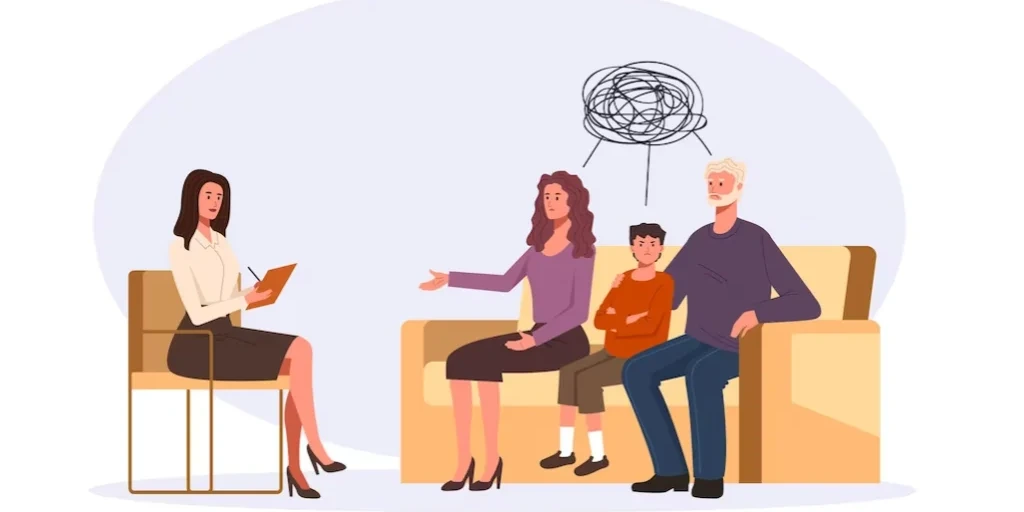Rehab centers in Amston, Connecticut, specialize in treating a diverse array of addictions, ensuring that they can cater to the unique needs of each individual. Commonly, these facilities provide comprehensive programs for substance use disorders, including alcohol, prescription drugs, and illicit substances like heroin, cocaine, and methamphetamines. Additionally, many rehab centers are equipped to address behavioral addictions, such as gambling, eating disorders, and sex addiction. Each type of addiction requires a tailored approach, and rehab centers often employ a mix of evidence-based therapies, individualized treatment plans, and holistic approaches. Patients can engage in group therapy, family counseling, and activities designed to build life skills while receiving the support they need. This multi-faceted treatment approach recognizes that addiction is not just a physical dependency but often involves psychological and social challenges as well. Therefore, specialized programs, including detoxification, outpatient services, and long-term recovery support, are available to help individuals reclaim their lives and foster positive coping mechanisms.
















































